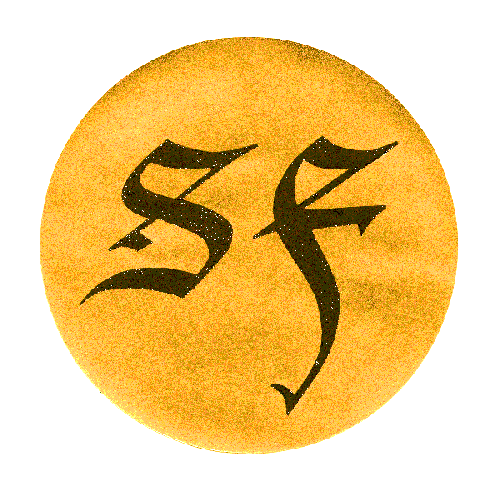 |
 |
| home
reproduction
historical woodwinds
|
The basset horn - due to its shadowy role on the fringes of the mainstream musical repertoire of the clarinet family, and perhaps also because of the rather humorous sound of the name in English - is an instrument which is subject to considerable misunderstanding and misrepresentation. Both historically and in the present day, the basset horn is fundamentally a clarinet-type instrument, pitched in F or (very rarely) G, and with the bottom of its range extended down to written C or (again, even more rarely) B. After being invented probably around 1770, the basset horn enjoyed a spell of prosperity under Mozart and then with minor performer-composers in the early 1800s; a further high point of its career was the Konzertstücke Op. 113 and 114 by Mendelssohn. Although it never became completely obsolete - it developed alongside the clarinet in the hands of instrument makers all through the 19th century - it was neglected by composers from the 1830s until it was dusted off just before 1900, first (in a halfhearted way) by Dvorak, then in a much more serious fashion by Richard Strauss. One rather odd but common misconception is that somehow the basset horn is inherently a "historical" instrument. On the contrary, as with all other instruments of the clarinet family, basset horns exist both as state-of-the-art modern instruments and as historical originals or reproductions, but each type belongs firmly in its own performing context. Within the boundaries of the definition given above, basset horns in earlier times were made with an enormous variety of shapes and design features. Modern basset horns can be divided into three (not two, as is usually stated) basic types, distinguished primarily by bore size and consequently the mouthpieces with which they are played- - The small bore basset horn has a bore diameter in the range of 15.5 to 16.0mm (still somewhat larger than a soprano clarinet bore, though it is often erroneously thought to be the same). It is played with a Bb/A clarinet mouthpiece. Among major manufacturers, only Selmer currently makes this model (the Buffet was of this type until the early 1990s). - The medium bore basset horn has a bore diameter in the region of 17.0mm or slightly less. This is the most common type made by German manufacturers. Since no French-style mouthpiece with an appropriate bore is mass produced, this model requires a German basset horn mouthpiece. (This model unfortunately is not usually recognized in North America, where it is incorrectly confused with the large bore type.) - The large bore basset horn, with a bore diameter of about 18.0mm and played with an alto clarinet mouthpiece, is in constructional terms an alto clarinet pitched in F and with the extra basset notes. The Leblanc basset horn is of this type. The current Buffet could be called a hybrid "medium-large bore" model, since it uses an alto clarinet mouthpiece but has a bore diameter closer to 17mm. It is a matter of academic interest only which model(s) are recognized as "true basset horns" and which as imposters. It is probably safe to say, though, that the small bore model preserves the concept of the instrument from the Classical period more than the others. An objective choice of the most appropriate model is based largely on the player's comfort with an instrument's required mouthpiece/reed, blowing resistance, tone control and articulation. The volume of sound required may also be a factor. Though it may be heretical to say so, it is unlikely that the majority of listeners would be able to detect much difference in tone quality among the various models of basset horn, when played by musicians of sufficient proficiency. ~~ Three S. Fox basset horn designs are available: |